The quest for a comfortable indoor environment has led many to consider the ductless air conditioner, a versatile and efficient solution for cooling and heating. Unlike traditional systems, ductless air conditioners offer a unique blend of flexibility, energy efficiency, and ease of installation. This article aims to demystify ductless air conditioners, exploring their technology, benefits, installation considerations, cost, and maintenance. By unpacking these critical aspects, we empower you to make an informed decision on whether a ductless system suits your needs.
Table of Contents:
– What is a ductless air conditioner?
– Key benefits of ductless air conditioning
– Installation considerations for ductless systems
– Understanding the costs of ductless air conditioners
– Maintenance tips for your ductless air conditioner
What is a ductless air conditioner?
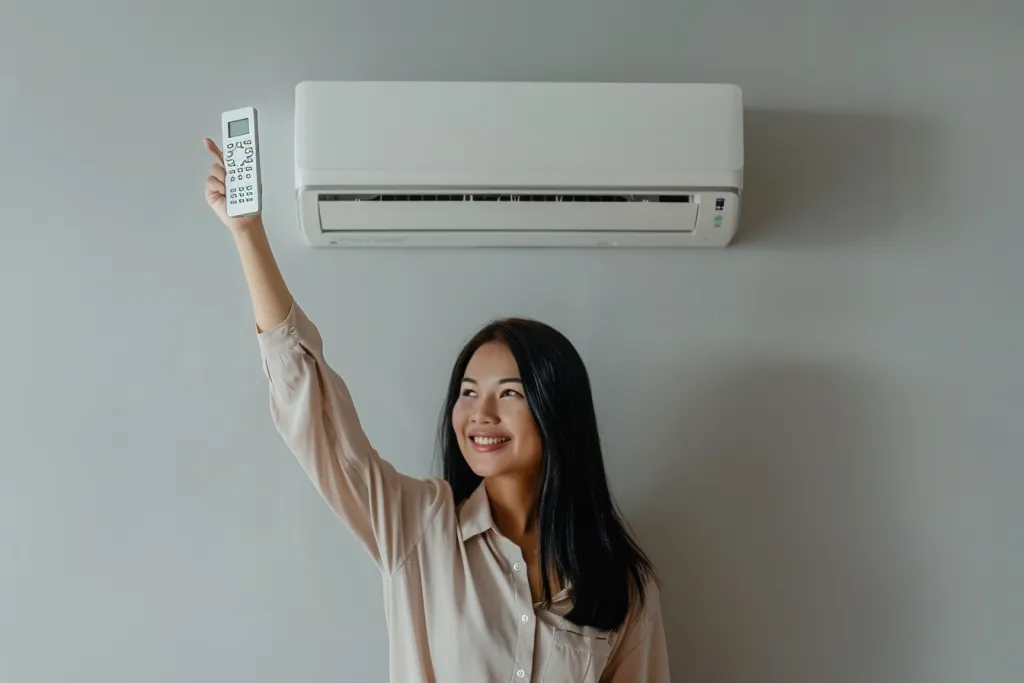
Ductless air conditioners, also known as mini-split systems, consist of two main components: an outdoor compressor/condenser and one or more indoor air-handling units. These components are connected by a conduit housing the power cable, refrigerant tubing, suction tubing, and a condensate drain. Ductless systems operate without the need for extensive ductwork, making them an ideal choice for older homes, room additions, or areas where installing traditional ducted systems is impractical.
The technology behind ductless air conditioners allows for individual zoning, enabling you to control the temperature in different rooms or zones independently. This not only enhances comfort but also improves energy efficiency, as you can cool or heat only the areas in use. Furthermore, the inverter technology in many ductless systems adjusts the compressor speed to maintain the desired temperature, reducing energy consumption and fluctuations in room temperature.
Key benefits of ductless air conditioning
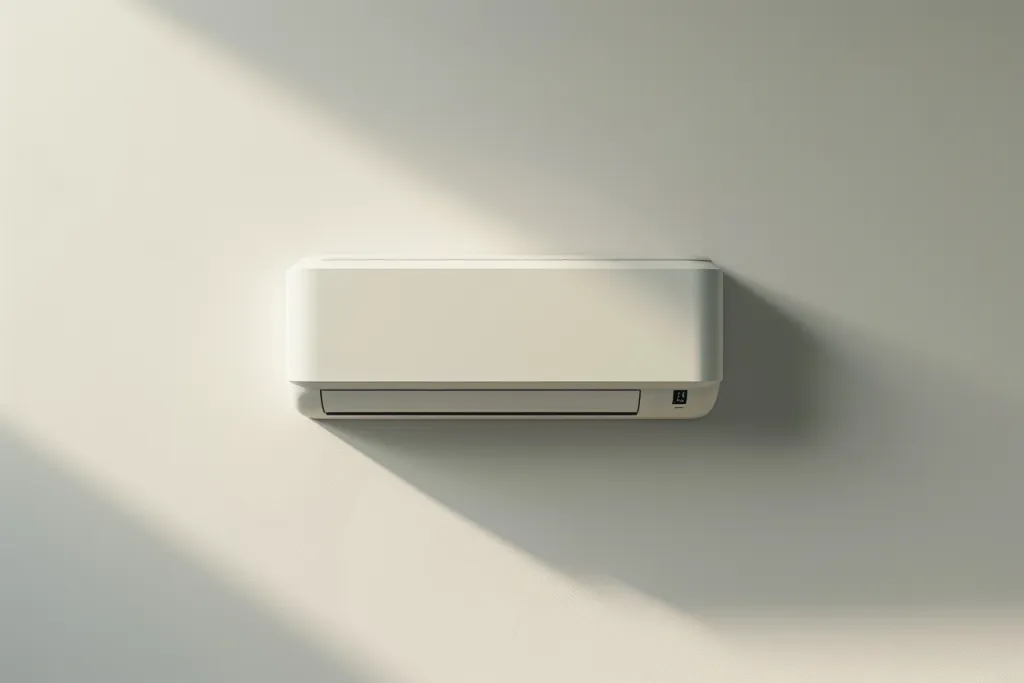
One of the most appealing aspects of ductless air conditioning is its energy efficiency. By eliminating ductwork, these systems avoid energy losses associated with ducted systems, where leaks and uninsulated ducts can lead to significant energy wastage. Additionally, the zoning capability of ductless systems means that you’re not wasting energy cooling or heating unoccupied spaces, further enhancing their efficiency.
Another benefit is the ease of installation. Without the need for extensive ductwork, ductless systems can be installed with minimal disruption to your home. The indoor units can be mounted on virtually any exterior wall, requiring only a small hole for the conduit. This flexibility in placement allows for optimal cooling and heating performance and minimal visual impact on your home’s interior.
Moreover, ductless air conditioners operate quietly, making them ideal for bedrooms, home offices, and other spaces where noise is a concern. The quiet operation is due to the separation of the compressor and fan units and the use of advanced noise-reduction technology.
Installation considerations for ductless systems
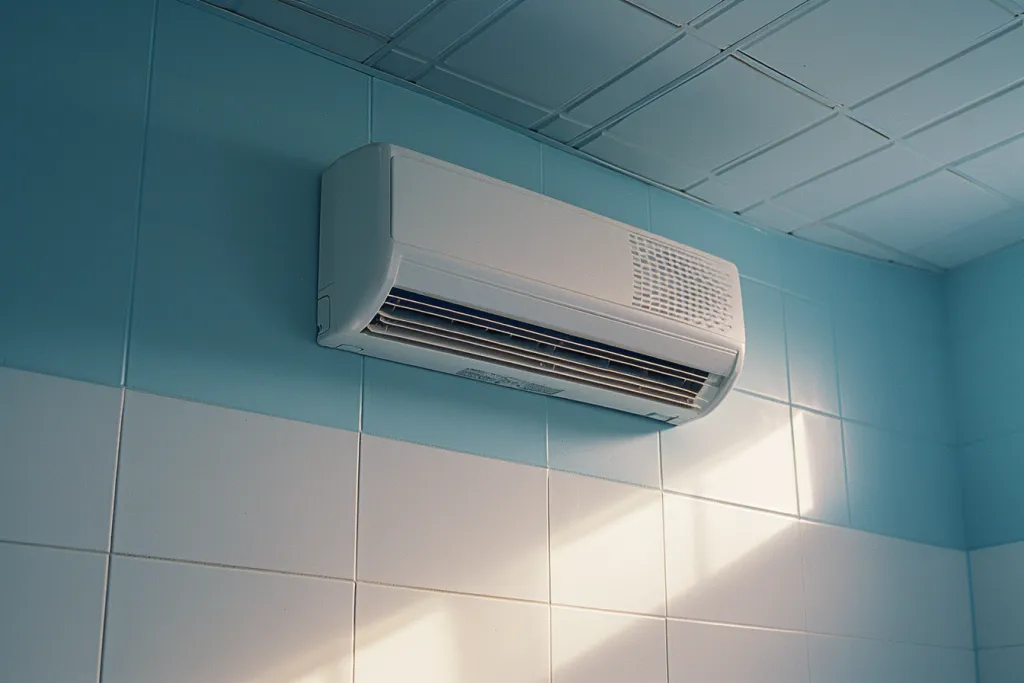
While ductless air conditioners offer flexibility in installation, there are important considerations to ensure optimal performance and efficiency. The location of both the indoor and outdoor units plays a crucial role in the system’s overall efficiency. Indoor units should be installed in a central location within the zone for even air distribution, away from direct sunlight or heat sources. The outdoor unit should be placed in a well-ventilated area, free from obstructions that could impede airflow.
The capacity of the ductless system, measured in BTUs (British Thermal Units), is another critical factor. An undersized system will struggle to maintain comfortable temperatures, while an oversized system can lead to short cycling, reducing efficiency and lifespan. Professional sizing and installation are essential to match the system’s capacity to the specific needs of your space.
Understanding the costs of ductless air conditioners
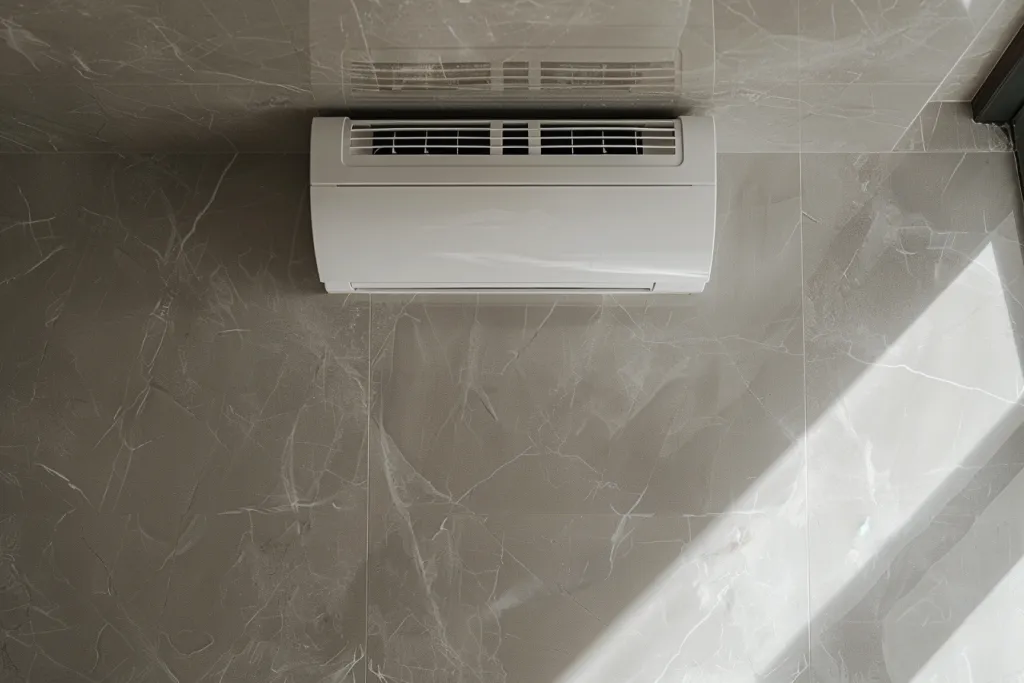
The initial cost of a ductless air conditioner can be higher than traditional systems, influenced by factors such as the system’s capacity, the number of zones, and installation complexity. However, the long-term energy savings can offset the upfront investment, making it a cost-effective solution over time. Additionally, many utility companies offer rebates and incentives for energy-efficient ductless systems, further reducing the overall cost.
When evaluating the cost, it’s also important to consider the potential savings from zoning capabilities and reduced energy losses. By providing precise temperature control and avoiding the energy wastage of ducted systems, ductless air conditioners can lead to significant savings on your energy bills.
Maintenance tips for your ductless air conditioner
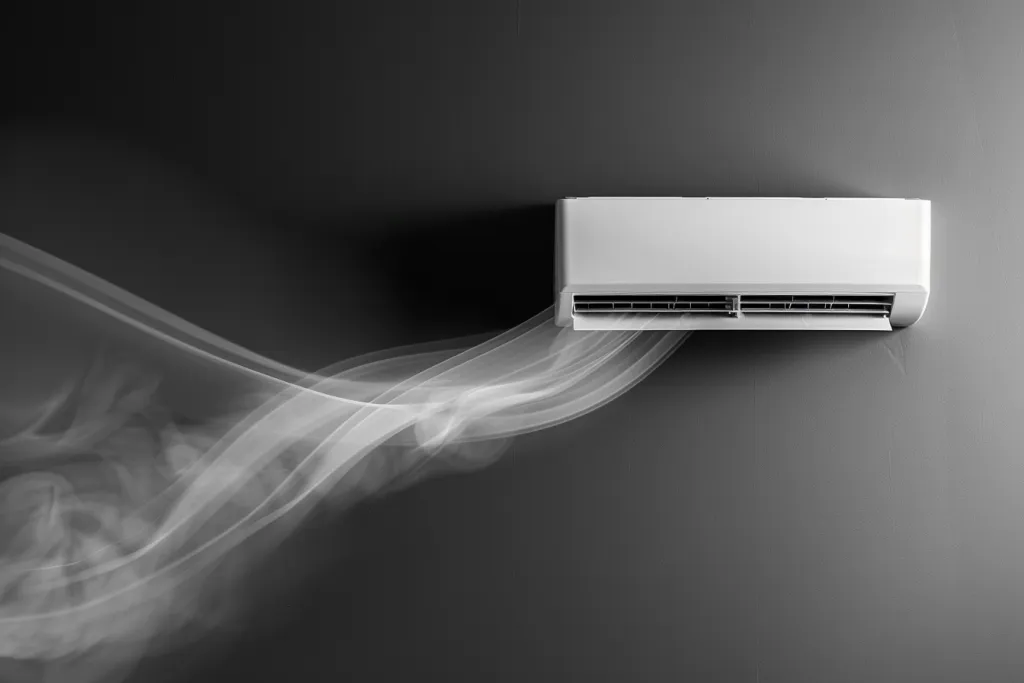
Regular maintenance is essential to keep your ductless air conditioner running efficiently and extend its lifespan. Basic maintenance tasks include cleaning the filters, checking the refrigerant levels, and ensuring the outdoor unit is free from debris. Most ductless systems have washable filters that should be cleaned monthly to maintain optimal airflow and indoor air quality.
It’s also advisable to schedule professional maintenance at least once a year. A qualified technician can perform a comprehensive check of the system, including cleaning the coils, checking the electrical connections, and ensuring the system operates efficiently.
Conclusion:
Ductless air conditioners offer a flexible, efficient, and cost-effective solution for cooling and heating your home. By understanding the technology, benefits, installation considerations, costs, and maintenance requirements, you can make an informed decision on whether a ductless system is right for you. With proper selection, installation, and care, a ductless air conditioner can provide years of comfortable, energy-efficient indoor climate control.




